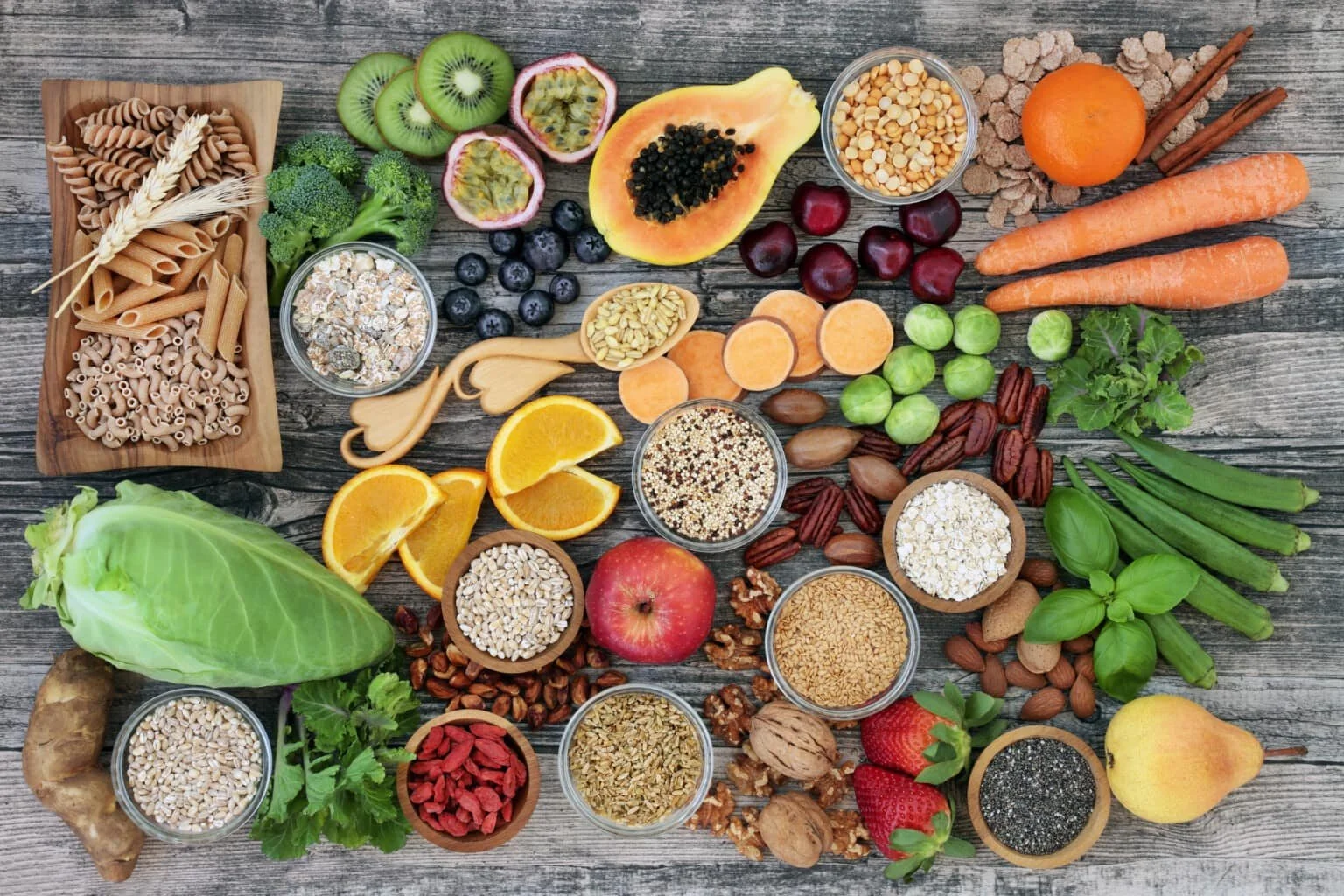The Power of Prebiotics and How They Fuel a Healthy Gut Microbiome
We've all heard about probiotics – the beneficial bacteria that populate our gut and contribute to overall health. Prebiotics are the dietary non-digestible fibers that act as food for these beneficial bacteria, fueling their growth and activity. Understanding the important role of prebiotics is crucial for optimizing gut health and addressing various digestive issues such as LIBO.
Why are Prebiotics so Important?
A thriving gut microbiome is essential for a multitude of bodily functions, from digestion and nutrient absorption to immune function and even mental health. Prebiotics are key to nurturing this ecosystem. They selectively feed beneficial bacteria, promoting their growth while inhibiting the proliferation of harmful bacteria. This balance, known as eubiosis, is crucial for optimal gut health. Conversely, an imbalance, or dysbiosis, can contribute to a wide range of problems.
Prebiotics and Specific Gut Bacteria
Different types of prebiotics feed different types of bacteria. Just like humans, bacteria have preferences. Here's a breakdown by category and their bacterial beneficiaries:
1. Inulin-type fructans: Found primarily in Chicory root (often present in coffee alternatives), Jerusalem artichokes, onion, garlic and leeks. They stimulate the growth of Bifidobacteria, Lactobacilli, and Akkermansia muciniphila.
2. Fructooligosaccharides (FOS): Shorter-chain fructans often added to foods and supplements. They are also present in foods alongside inulin - onions, garlic, leeks, asparagus, bananas, and Jerusalem artichokes all contain some FOS. They promote the growth of Bifidobacteria and Lactobacilli.
3. Galactooligosaccharides (GOS): Naturally found in breast milk and added to some infant formulas. They promote the growth of Bifidobacteria. They are also high in most legumes such as:
Lentils
Chickpeas (garbanzo beans)
Kidney beans
Black beans
Pinto beans
Soybeans
Green peas
4. Resistant Starch: Escapes digestion in the small intestine, reaching the large intestine where it feeds beneficial bacteria. Good sources include:
Unprocessed grains: Whole oats, barley, and brown rice.
Legumes: Lentils, beans, and chickpeas.
Plantains
Potatoes (cooked and cooled): The process of cooking and cooling potatoes increases their resistant starch content. Same goes for rice.
Green bananas (unripe)
5. Pectin: A soluble fiber found mainly in fruits (apples, citrus fruits, berries) and some root vegetables such as cooked carrots, beets, sweet potatoes, turnips and parsnips. It promotes the growth of various beneficial bacteria, such as Faecalibacterium prausnitzii and Roseburia, both important for butyrate production (a Short-Chain Fatty Acid) and colon health.
Prebiotics and Gut Health Conditions
The benefits of prebiotics extend to various gut health conditions:
Large Intestinal Bacterial Overgrowth (LIBO): LIBO refers to overgrowth or imbalance of bacteria in the colon (large intestine), often associated with excess fermentation, inflammation and methane or hydrogen sulfide production. In this sense, prebiotics are crucial for restoring balance in a dysbiotic (read: imbalanced) gut. By selectively feeding beneficial bacteria, they help to outcompete harmful bacteria and reduce inflammation.
Constipation: The fiber content of prebiotics promotes regular bowel movements, relieving constipation. I particularly like partially hydrolyzed guar gum (PHGG), which helps increase stool bulk, improve motility and support regularity.
Immune Function: A healthy gut microbiome, boosted by prebiotics, is essential for a robust immune system.
Prebiotics and SIBO: A Word of Caution
While prebiotics are beneficial for overall gut health, it's crucial to exercise caution if you have Small Intestinal Bacterial Overgrowth (SIBO). Some prebiotics, particularly those that are easily fermentable like inulin and FOS, can feed bacteria in the small intestine, worsening SIBO symptoms and causing flares. If you have SIBO, consult with a practitioner before incorporating prebiotics into your diet. I can help you determine which types, if any, are appropriate for your specific situation.
How to Add Prebiotics to Your Diet
The best way to obtain prebiotics is through a diet rich in whole, unprocessed foods. Focus on fruits, vegetables, legumes, select grains, and nuts and seeds. For example:
Fruits and vegetables: Apples, bananas, berries, onions, garlic, asparagus, artichokes, and leeks.
Legumes: Lentils, beans, chickpeas.
Whole grains: Oats, barley (omit if you are on a gluten-free diet), brown rice.
Nuts and seeds: Chia seeds, flaxseeds.
It’s important to start SLOW: Introducing too many prebiotics too quickly can cause gas and bloating. The response to prebiotics varies from person to person.
If you have gut health concerns, it’s always best to consult with an informed health practitioner or nutritionist to develop the best plan for you!
Prebiotics play a vital role in supporting a healthy gut microbiome. By understanding their benefits and incorporating them into your diet thoughtfully, you can improve your digestive health and overall well-being.

